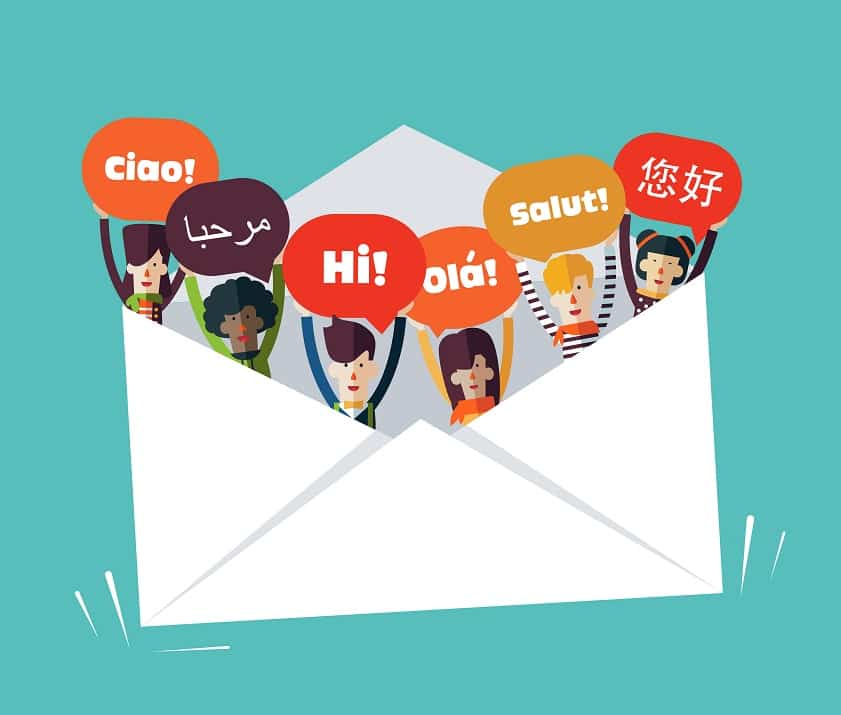
The advent of globalization has dissolved boundaries like never before, and the business realm is no exception. Multilingual marketing has become an indispensable tool for businesses aiming to garner international acclaim.
But how does one design and print effective multilingual marketing materials that resonate with diverse audiences? Today, let’s delve a little further into this intriguing topic.
Introduction to Multilingual Marketing
Multilingual marketing is not just about translating content into various languages – it is a meticulous process involving the understanding of different cultures, traditions, and customer behaviors. It breaks the linguistic barrier, allowing businesses to communicate with prospective customers in their native language.
When we shift our gaze towards multilingual print marketing, the benefits amplify. Print marketing materials – brochures, pamphlets, billboards, and direct mail – cater to a wide demographic spectrum, including those who may not be as digitally engaged. This traditional yet effective approach deepens the connection with consumers, enhancing brand recall, and fostering trust.
Understanding the Art of Designing Accessible Materials
The first step in designing impactful multilingual marketing materials involves appreciating cultural nuances. Every region has its unique set of cultural conventions – colors, symbols, idioms, and even humor vary drastically. A design element that works well in one culture could potentially backfire in another. Therefore, businesses must prioritize cultural sensitivity and localization in their design strategy.
The power of visual universality can’t be overlooked in multilingual marketing. Symbols, graphics, and images that transcend language barriers evoke a strong emotional response and significantly increase comprehension. Remember, a picture is worth a thousand words, regardless of the language those words are in.
Accurate translation, however, remains paramount. Subtle language nuances can drastically alter meanings, and even the slightest error can potentially tarnish your brand image. This is where professional translators or language service providers become vital, ensuring content accuracy and cultural appropriateness.
Steps to Print Effective Multilingual Marketing Materials
Choosing the right print vendor is the first step to creating effective multilingual print marketing materials. Companies need to ensure that their chosen vendor has experience dealing with multilingual projects and can maintain the quality across languages.
Quality control is another key aspect. Businesses should not overlook proofreading and must make sure that the final product is error-free. In multilingual print marketing, the attention to detail needs to be amplified. Businesses need to consider typography, layout adjustments, and language-specific characters when printing in multiple languages.
Finally, the strategy doesn’t end at printing. Businesses need to continually evaluate the effectiveness of their materials, collecting feedback and monitoring response rates. They should be willing to tweak their approach, revise the design, or even the translation based on the feedback. This iterative process allows for improved future campaigns and more targeted engagement.
In the grand scheme of things, mastering the art of multilingual marketing is a journey rather than a destination. It’s a continual process of learning, understanding, and refining. When executed right, multilingual print marketing can open doors to new markets, nurturing a more inclusive brand image and paving the way to global success.
Want to take even more deep dives into fascinating marketing topics? Check out some of these posts on the Linemark blog!

 08/01/2023
08/01/2023  Aaron Dunn
Aaron Dunn


